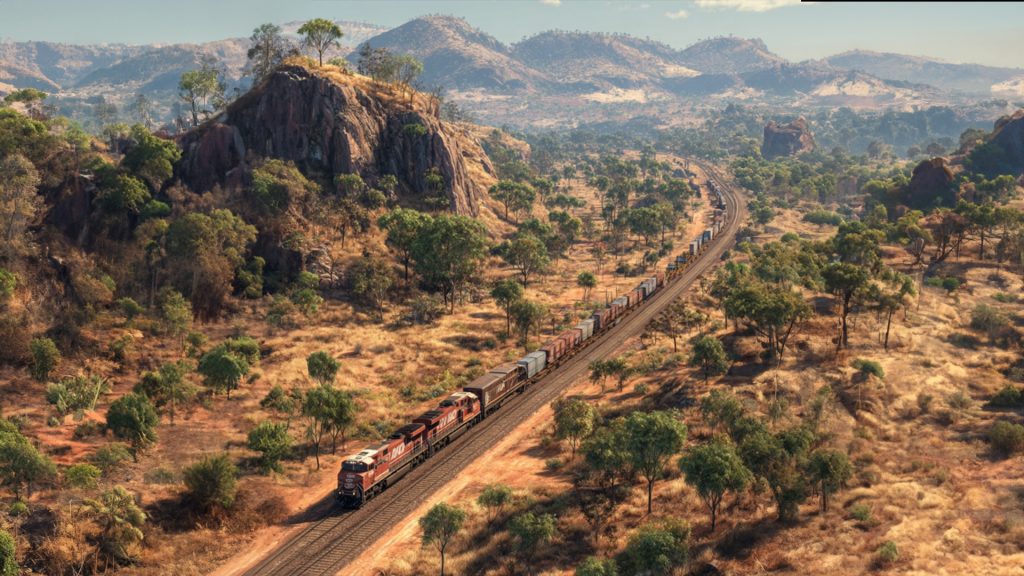
The Longest Trains in the World - Giants of the Rails
Most rail fans love speed, but there’s something even more impressive about length. The world’s longest trains are engineering marvels, stretching for kilometers across deserts, mountains, and tundra. These titans of transport move thousands of tons of freight in a single journey, proving that when it comes to hauling power, nothing beats a well-designed train.
Let’s take a look at the longest trains in the world, their records, technology, and why these monsters of the rails continue to fascinate train enthusiasts everywhere.
1. BHP Iron Ore Train – Australia
-
Technical Specs: The world-record holder for the longest and heaviest train. In 2001, BHP operated a test train that measured 7.3 kilometers (4.5 miles) long, consisting of 682 ore cars and 8 locomotives, hauling over 99,000 tons of iron ore.
-
History: The record-breaking run took place on the company’s private rail line in Western Australia’s Pilbara region. The line connects the Newman mine to Port Hedland.
-
Why We Love It: It’s a breathtaking sight – a moving steel serpent in the desert, a perfect mix of raw power and precision engineering.

2. Sishen–Saldanha Ore Train – South Africa
-
Technical Specs: Regularly operates trains over 3.7 kilometers long, powered by multiple Class 15E electric locomotives with distributed power.
-
History: The Sishen–Saldanha line was completed in the 1970s specifically to transport iron ore from the Sishen mines to the port of Saldanha Bay.
-
Why We Love It: This route proves that length and reliability can coexist. It’s one of the most efficient heavy-haul operations in the world.
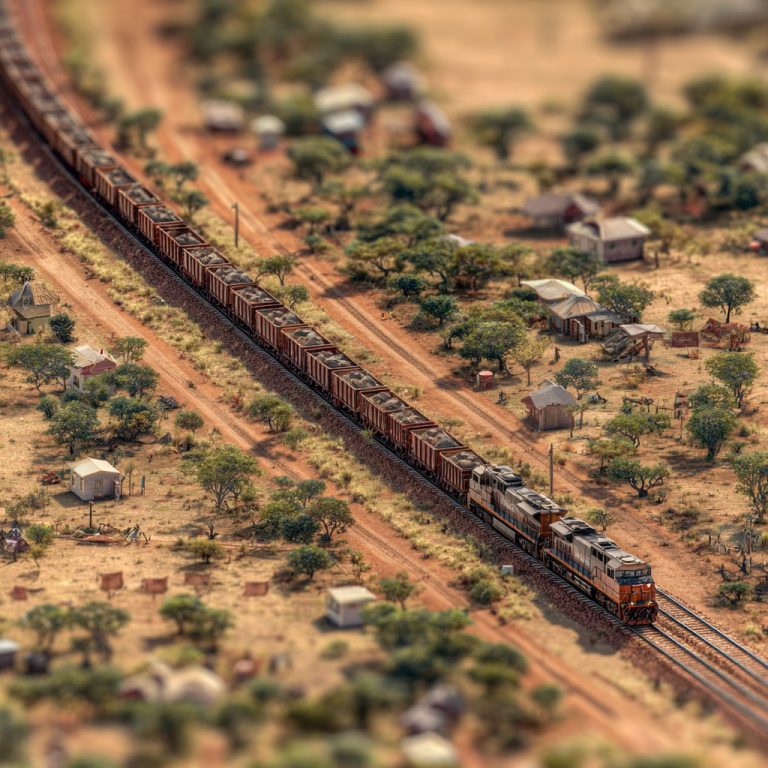
3. Rio Tinto AutoHaul Trains – Australia
-
Technical Specs: Fully autonomous iron ore trains up to 2.8 kilometers long, operated without onboard drivers. Each train carries roughly 28,000 tons of ore across 1,700 km of track.
-
History: Rio Tinto’s AutoHaul system launched in 2019, becoming the world’s first fully autonomous long-distance heavy-haul rail network.
-
Why We Love It: It’s the future of freight rail – massive trains operated entirely by artificial intelligence and advanced control systems.
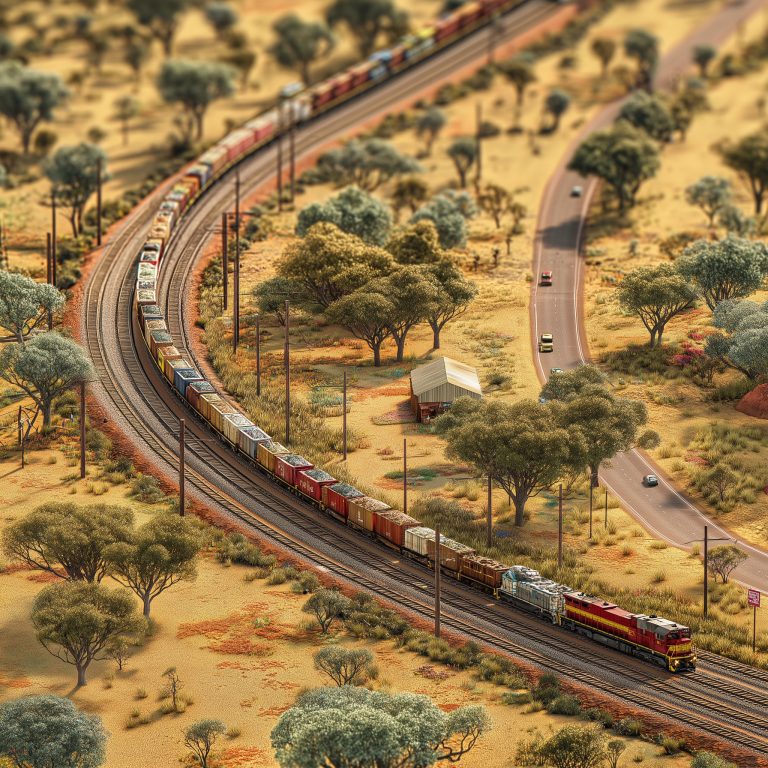
4. Union Pacific and BNSF Freight Trains – USA
-
Technical Specs: American Class I railroads often run intermodal and mixed freight trains over 3 kilometers long. Locomotives include the GE ES44AC and EMD SD70ACe with distributed power systems.
-
History: Union Pacific and BNSF pioneered distributed power to safely manage longer trains across mountainous terrain in the western United States.
-
Why We Love It: Seeing a three-mile freight snake its way through a desert canyon or mountain pass is pure railfan magic.
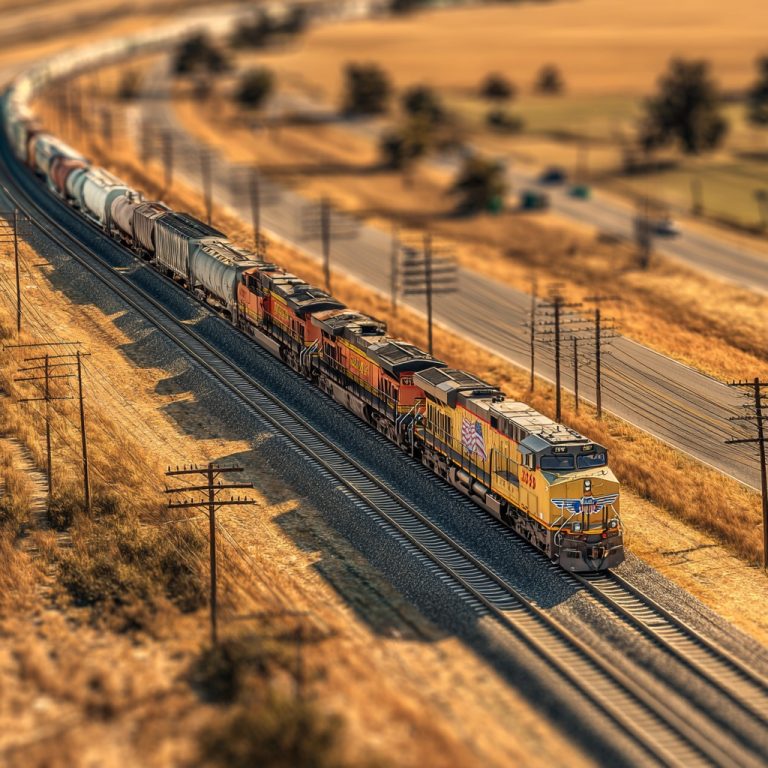
5. Canadian National and Canadian Pacific Freight Trains – Canada
-
Technical Specs: Trains often exceed 2.5 kilometers, hauling grain, lumber, and intermodal containers. Distributed power and precision scheduling keep these long trains efficient across vast distances.
-
History: Canada’s freight network has connected its coasts since the 19th century, evolving into one of the most advanced long-haul freight systems in the world.
-
Why We Love It: Long freights in the Canadian wilderness combine natural beauty with industrial power.
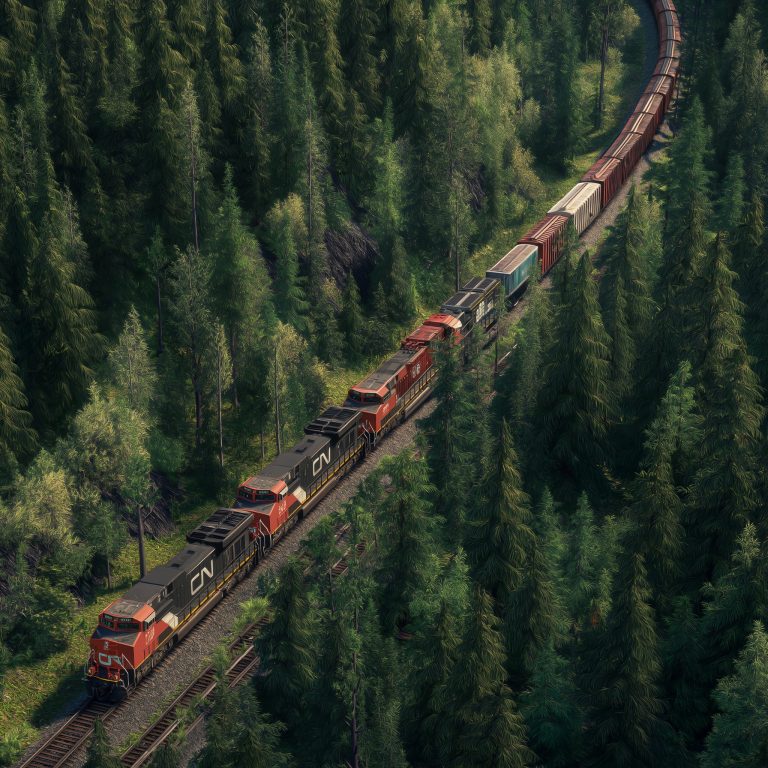
6. Indian Railways Super Long Freight Consists – India
-
Technical Specs: Recent trials of “Super Anaconda” freight consists combined four trains into one, stretching more than 2.8 kilometers, powered by multiple WAG-12 electric locomotives.
-
History: Managed by the Dedicated Freight Corridor Corporation (DFCCIL), these runs are part of India’s massive push to modernize its rail freight system.
-
Why We Love It: India’s railways are proving that long-haul innovation isn’t just for heavy industry – it’s part of a modern, growing economy.
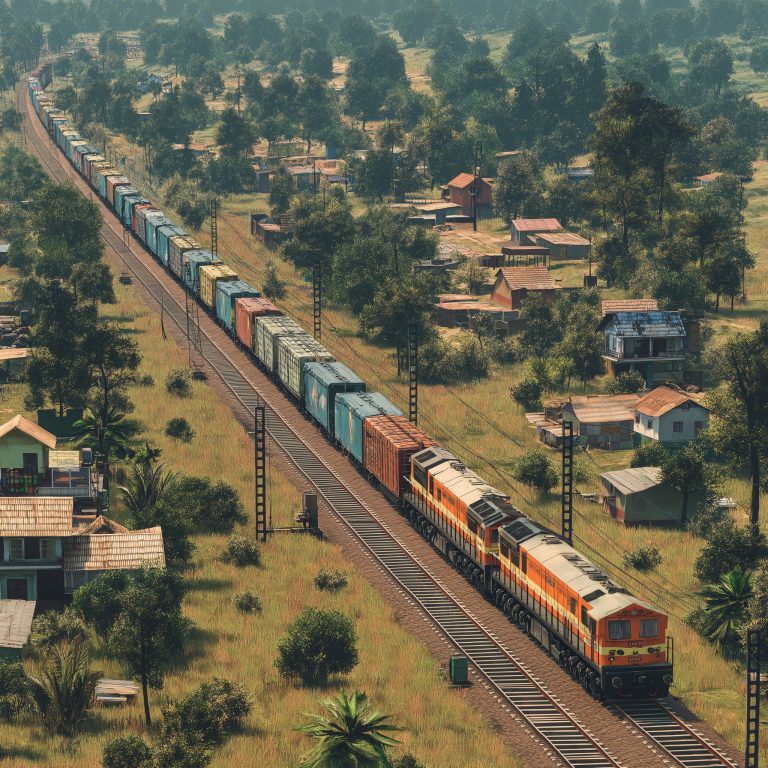
Why Long Trains Matter
Longer trains mean fewer trips, less fuel per ton, and reduced carbon emissions. They make rail the most efficient way to move bulk goods across continents.
For train lovers, they’re also a jaw-dropping display of engineering – proof that steel, power, and precision can move mountains.
FAQ: The Longest Trains
Q: What is the longest train ever recorded?
A: The BHP Iron Ore train in Australia holds the record at 7.3 kilometers long and over 99,000 tons.
Q: Why are some trains operated with locomotives in the middle or rear?
A: Distributed power helps control braking and traction across long consists, improving safety and performance.
Q: Are longer trains slower?
A: Usually yes – the longer the train, the more careful the acceleration and braking. But modern control systems keep them surprisingly efficient.
Your Turn: Which Train Would You Like to See in Action?
Would you rather watch the massive BHP ore train crossing the outback or a Canadian freight winding through the Rockies?
💬 Tell us in the comments – railfans love to talk about big machines like these!
🚂 Play the TrainStation Games
Love freight trains? You can collect and operate legendary locomotives in TrainStation 2 – or manage entire rail freight operations in the ultra-realistic TrainStation 3: Journey of Steel.
Follow us on Facebook TrainStation Games or YouTube
